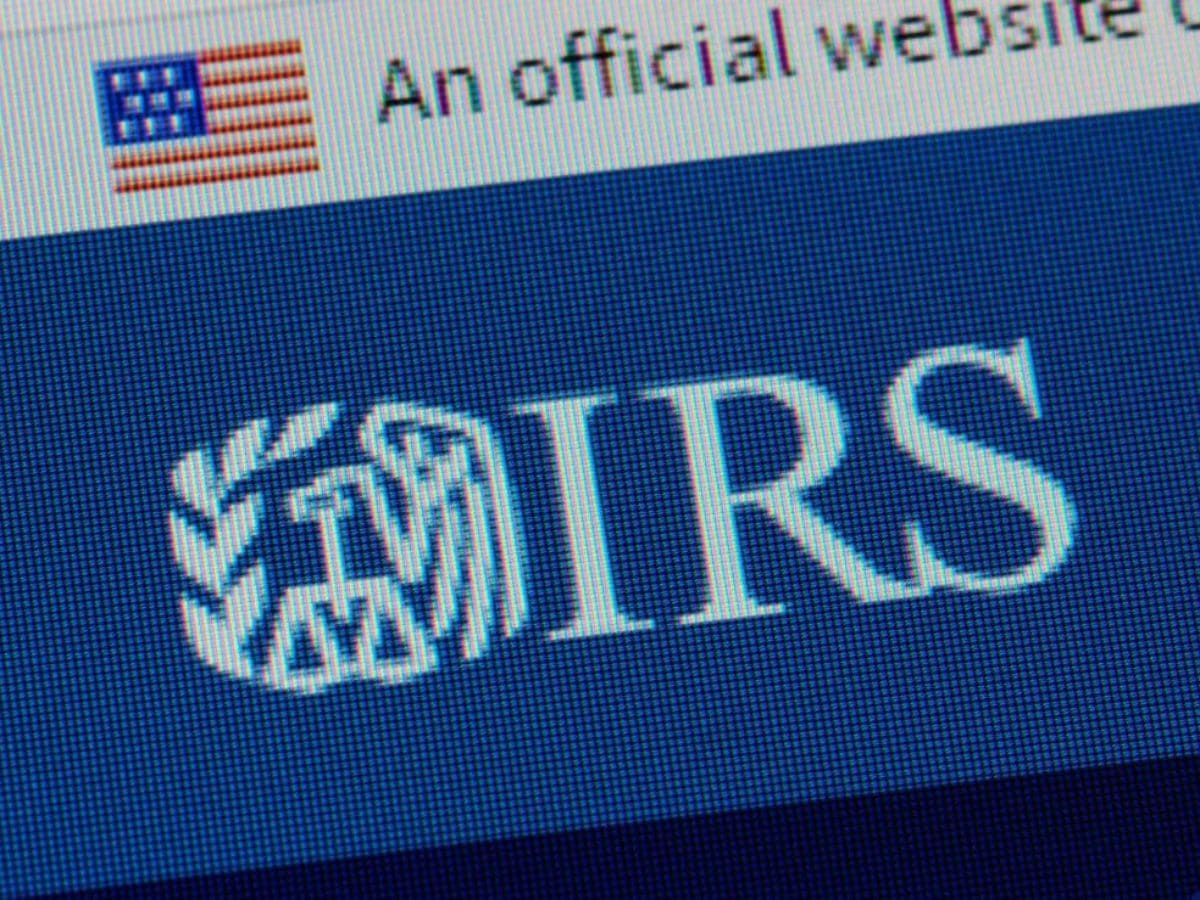In the midst of the distribution process for the extraordinary payments in the United States, many people are still not sure where their stimulus check is or when they will get it. This uncertainty has led the Internal Revenue Service (IRS) to strengthen its digital channels, making it easier for millions of taxpayers to track their payment from home and without the need for face-to-face procedures.
Although hundreds of millions of dollars in checks have already been issued, there is still a percentage of the population that has not received their money. This can be due to a number of reasons: errors in the postal address, lack of bank information or simply because the payment has not yet been processed. That is why having an official way to track it has become essential.
In this context, the IRS has launched a specific tool so that any eligible person can check the status of their payment. The digital initiative is called “Get My Payment”, and it allows people to not only find out what stage the deposit is at, but also to identify possible problems that may be preventing the money from arriving correctly.
A tool for quick IRS Stimulus check answers
Through Get My Payment, taxpayers can securely access the IRS system and find out if their check has already been sent, if it is still pending or if there has been a delivery issue. To start the query, they must enter some basic personal data, such as their Social Security number, date of birth, mailing address registered on their last tax return and, if possible, a copy of their most recent tax return.
Once the form is completed, the system generates one of three possible messages. If the payment has been sent, the date it was processed will be displayed. On the other hand, if the IRS has not yet scheduled the deposit, a notification will appear indicating that the date is not yet available. Finally, if the message says that more information is needed, it means that the check was returned to the IRS because the post office was unable to deliver it correctly.
In the latter case, it is advisable to act as soon as possible: update the postal address, check the bank details or even contact the agency directly to correct any error that is blocking the sending of the money.
Payments still ongoing in 2025
So far, the IRS has delivered more than 127 million payments, totaling more than $325 billion. These deposits are being made in a variety of ways, including direct deposit, physical checks, and prepaid debit cards. However, there are still checks pending, which is why the government has confirmed that mailings will continue throughout the first half of 2025.
Furthermore, if all payments have not been processed by the time June arrives, the IRS will extend the issuance for an additional three months, bringing the deadline to September 2025. This gives taxpayers a reasonable amount of time to claim what they are owed.
Different Stimulus Checks, different amounts
Although many people assume that everyone gets the same amount, the reality is that stimulus checks vary from case to case. The IRS can send up to $1,400 per person, $2,800 for couples filing jointly, and an additional $1,400 for each dependent listed on the tax return.
For that reason, it is advisable to be clear about your current tax situation, to check that all dependents are correctly included and, if possible, to set up direct deposit so that the money arrives faster and with less margin for error.
With all this in mind, if you still don’t know where your stimulus check is, the best alternative is to use Get My Payment as soon as possible. This tool is the key to clearing up doubts, correcting errors and ensuring that the IRS can get your payment to you without further delay.








